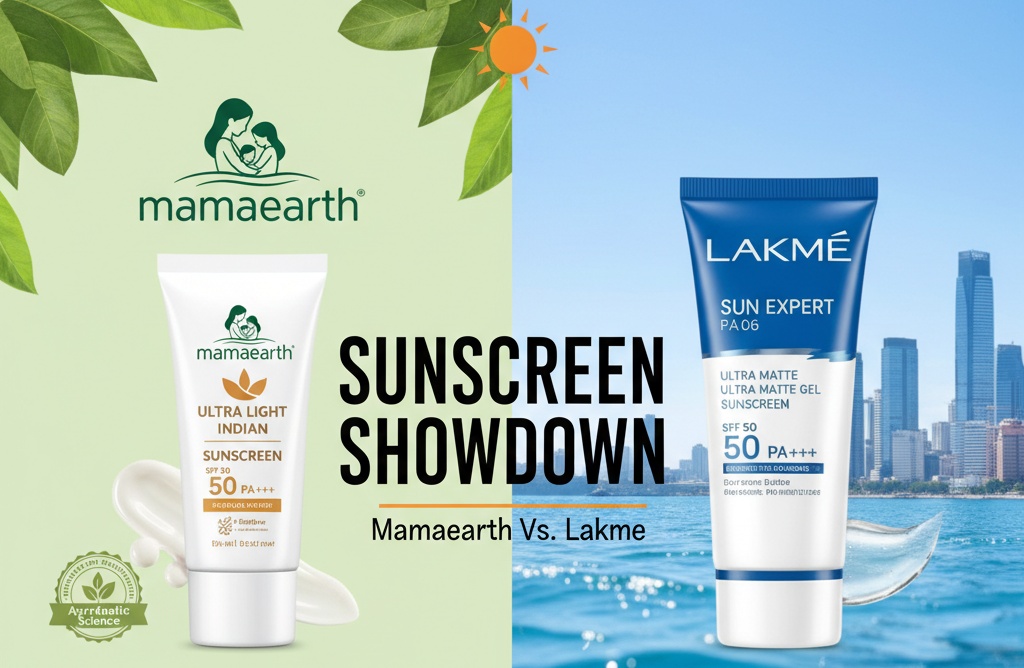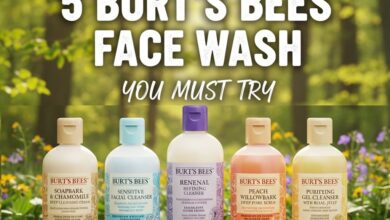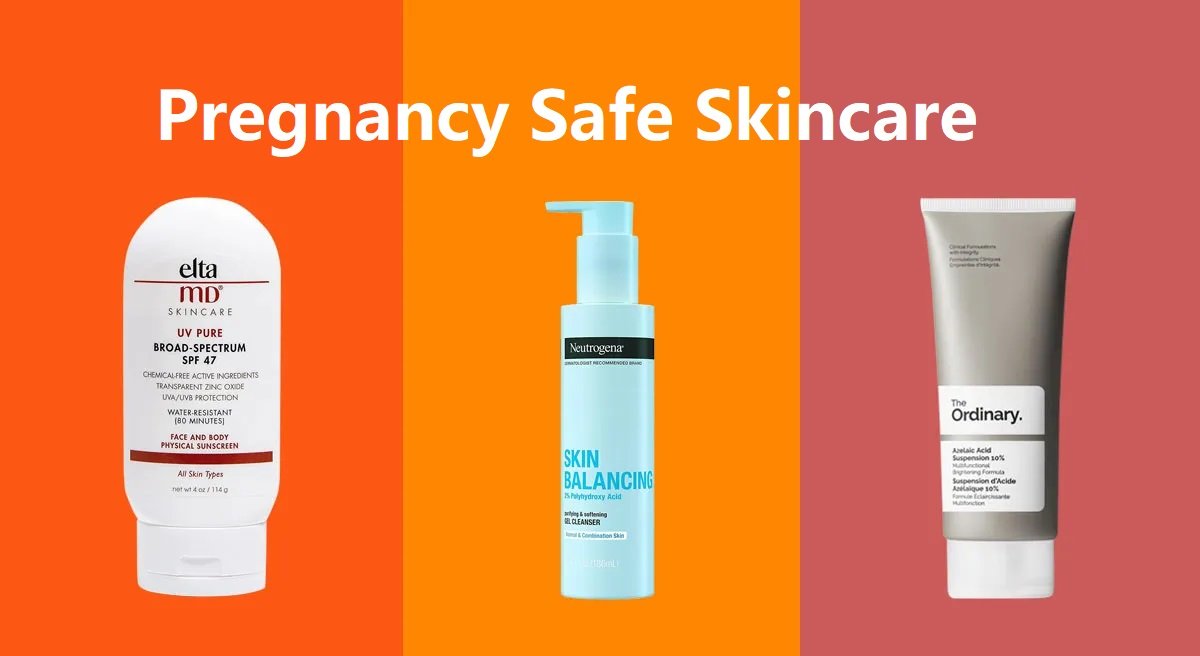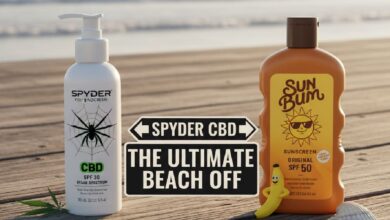Mamaearth Vs. Lakme Sunscreen – Which is Better 2025

If you’re trying to choose between Mamaearth and Lakme sunscreens, here’s what matters most. Mamaearth tends to lean into natural ingredients (turmeric, carrot seed oil, etc.), lightweight or gel/gel-cream textures, and branding that emphasizes skin safety and minimal harsh chemicals. Lakme, by contrast, has a broader range of sunscreens, including mattifying lotions, gels, and tinted versions. They also tend to be more widely available, often more affordable for certain variants, and have stronger brand recognition in many Indian markets.
Which is better really depends on your skin type (oily, dry, sensitive), how much sun exposure you have, whether you dislike white cast or heaviness, your budget, and whether you value natural/clean formulations vs established performance. I’ll walk you through the details so you can pick what works best for you.
Disclaimer: This article is for general comparison and educational purposes only, not medical advice. Sunscreen efficacy can vary based on individual skin type, climate, and how carefully and how often it’s applied. Always patch test new products, and consult a dermatologist for skin concerns or conditions.
What to Compare in a Sunscreen
Before I compare, let’s agree on what features really matter in a sunscreen. That way, the comparison makes sense.
- SPF & PA ratings: How well it protects from UVB (which burns) and UVA (which ages and darkens).
- Broad-spectrum protection: You want both UVA and UVB.
- Texture & finish: Gel vs cream, matte vs dewy vs tinted. This influences comfort.
- Ingredients: Natural vs synthetic filters, added antioxidants, and any irritants like fragrance or alcohol.
- White cast/colour match: Especially for medium to deeper Indian skin tones.
- Water/sweat resistance: Very relevant if you’re outdoors, sweating, in humid climates.
- Price & availability: How much value you get, whether it’s easy to buy.
Mamaearth Sunscreen – What it Offers
Here’s what Mamaearth is known for, based on current products and user feedback:
Strengths
- Natural / cleaner branding: Mamaearth emphasizes ingredients like turmeric, carrot seed oil, rice water, hyaluronic acid, etc. They try to avoid harsh parabens and excessive synthetic perfumes. This appeals to people who want more “gentle” formulas.
- Lightweight and gel-/gel-cream textures: Many Mamaearth sunscreens are described as “non sticky”, “light”, “no greasy finish”, which helps with daily wear, especially if you have oily or combination skin.
- High SPF / PA ratings: Mamaearth offers variants with SPF 50 protection, often with PA+++ or PA++++ for UVA protection.
- No heavy white cast in many variants: Users often report that certain versions (for example, le “Rice Water Dewy”, “Hydragel”, etc.) don’t leave a strong white cast.
- Focused on skincare benefits: Mamaearth often includes antioxidants, moisturizing agents, or ingredients that help with brightening (vitamin C, niacinamide) etc. So it’s not just sun protection but also some skincare benefits.
Weaknesses / Trade-offs
- Water/sweat resistance may not always be as strong in some formulas, especially gel ones or more “natural” ones. If you’re outdoors a lot or in heavy sweat, reapplication might be more often.
- Some users report a slight white cast or yellow-ish tint in certain natural/or homestyle-ingredient versions. Not all products, but enough that people with deeper/more pigmented skin notice.
- Might be relatively more expensive per gram/ml than more mass-market Lakme options in some cases.
- Natural formulas can sometimes be more irritating if fragrance or essential oils are present, especially for very sensitive skin.
Lakme Sunscreen – What it Offers
Now, Lakme is a big name in India, with many options. Here’s how it stacks up:
Strengths
- Variety of options: Lakme has mattifying creams, tinted versions, water-light gels, ultra-matte lotions, etc. So you can pick depending on your skin type and finish preference. For example, the Lakme 5% Niacinamide & Vit C Water-Light Sunscreen Gel SPF 50 PA++++ is popular for its light texture and minimal white cast.
- Widely available and affordable: Because Lakme is established, you’ll find its sunscreens in many stores, online, etc., often at more competitive prices or with frequent sales/discounts.
- Strong matte/oil control options: If you have oily skin, Lakme’s ultra matte / super matte sunscreens are appealing. They claim to reduce shine and stay on better under makeup.
- Good user feedback in many variants: Many users like the Lakme tinted sunscreen, Lakme water-light gel, etc, especially for everyday use in urban settings. People report decent protection, although sometimes needing reapplication.
Weaknesses / Trade-offs
- White cast & fragrance complaints appear often. Some users say certain Lakme sunscreens leave a visible cast or feel heavy/greasy, especially in humid weather. SPF / efficacy questions have arisen. For example, there has been a legal dispute: Mamaearth’s parent company (Honasa) sued Hindustan Unilever (which owns Lakme) over a Lakme ad alleging misleading claims about SPF performance and misleading ads.
- Some Lakme products claim broad-spectrum protection, but not all may offer the strongest PA ratings or best UVA protection. Depending on the variant, there might be trade-offs for finish vs protection.
- If you spend long hours in harsh sun or heavy sweating, some variants may require frequent reapplication or may not be as durable.
Head-to-Head: Key Differences
| Feature | Where Mamaearth Often Excels | Where Lakme Often ExcelNatural/clean |
|---|---|---|
| an ingredient preference | Stronger; many sunscreens are marketed as “clean”, herbal, essential oil-based, and lighter chemical filters. | More synthetic filters, more variants; some with extra actives (niacinamide, vitamin C) but also more fragrance, etc. |
| Texture and comfort, especially in humid/indoor settings | Gel / gel-cream, dewy / non-sticky formulas; tends to feel more “skin friendly” for many users. | Larger variety: matte, lotion, tinted; some feel heavier, some feel great depending on the match. |
| Matte finish/oil control | Some of Mamaearth’s ultralight or matte styles do good but may lag under extreme sweating. | Lakme’s matte lines are strong choices if reducing shine is a priority. |
| Protection claims & trust/transparency | Users appreciate Mamaearth’s claims; sometimes more scrutiny of how in-vivo / lab testing is done. | Lakme has come under dispute over some of its advertisements, but many variants are well reviewed and tested. |
| Price vs value | Sometimes slightly higher for natural ingredients; may feel more premium. | Often more accessible, more sales/promos, more mass market. |
| White cast/tint matching | Better in many Mamaearth variants, but still not perfect for everyone. | Some tinted Lakme versions help with matching skin, but others leave a cast, especially if too light or mismatched. |
Which Should You Pick? (Depending On You)
Here are some scenarios, and which brand might be more suited.
-
If you have oily/combination skin and dislike shine
Lakme’s ultra matte/super matte sunscreens are likely to work well. But pick one with high PA and try a variant that says “matte lightweight” so it doesn’t feel heavy. -
If you have dry or sensitive skin
Probably lean toward Mamaearth, especially their hydrating or gentler formulas. The inclusion of ingredients like hyaluronic acid, turmeric, etc., and a lighter feel might be less irritating. -
If you spend long periods outdoors, sweat, and water exposure
Check both brands, but see which specific variant is water‐ or sweat-resistant. Neither brand is perfect for all situations ‒ but Lakme may offer variants with better matte staying power; Mamaearth may need more reapplication in harsh conditions. -
If you want minimal white cast /esthetics
Go for tinted versions or gel versions that explicitly mention “no white cast” from either brand. Probably Mamaearth has more clean finishes in those lines, but Lakme has some good ones (e.g, after-light gel). Always test on your skin tone first. -
Ithe f budget is a big concern
Compare cost per ml/gram. Lakme often gives more variants and frequent discounts; Mamaearth may cost somewhat more for premium natural ingredients, but it might be worth it if it works better for your skin.
Recent Controversy / Trust Issues
One thing to note: in 2025, Mamaearth’s parent company, Honasa Consumer, filed a lawsuit against Hindustan Unilever (Lakme’s parent) over a Lakme advertising campaign named “SPF Lie Detector Test” that allegedly disparaged online sunscreens and suggested that many “online bestsellers” advertised SPF 50 but were delivering way less.
The Delhi High Court intervened, ordering some modifications in advertisements and the removal of certain hoardings/posts. Lakme was asked to change phrases (“online bestseller” to “some sellers”) and adjust depictions. This suggests that even big brands are being more closely scrutinized for claims about SPF and protection. For consumers, this underscores the importance of looking beyond marketing and checking actual specifications, reviews, and user experiences.
Practical Tips to Use Any Sunscreen Better
Regardless of which brand, here are tips to make sure sunscreen does its job:
- Apply enough: many people use too little. A good rule is about ½ teaspoon for face + neck, more for arms, etc.
- Reapply every 2-3 hours, especially if sweating or swimming.
- Apply before sun exposure, not just last minute. Give time to settle.
- If you’re using makeup, ensure sunscreen is applied first, and maybe use a setting spray/reapplication on tools.
- Store sunscreen properly (cool, avoid direct heat) so that its filters don’t degrade.
FAQ
Q1: Is SPF 50 enough, or should I use anything higher?
SPF 50 generally blocks about 98% of UVB rays if applied properly. Higher SPF numbers offer diminishing returns. What’s more important is proper and sufficient application, reapplication, and whether the sunscreen gives good UVA protection (look for PA+++ or PA++++).
Q2: What is PA+++ / PA++++, and why does it matter?
PA is a rating for UVA protection. More “+” means stronger UVA filtering. UVA contributes to tanning, pigmentation, and skin aging. If you spend time outdoors or under bright sunlight, higher PA matters.
Q3: Can natural / “clean” sunscreens protect as well as conventional ones?
Yes, they can, but it depends on the actual filters used and how well formulated they are. Natural antioxidants or oils help with additional skin care, but do not replace UV filters. Always check that the product has recognized UV filters and broad-spectrum protection.
Q4: Why does sunscreen sometimes leave a white cast?
Often due to physical / mineral filters (e.g, zinc oxide, titanium dioxide), or high refractive index ingredients. Al, depending on how thickly it’s applied, and skin tone. Gel formulas, tinted versions, or formulas that micronise/mineral filters better tend to reduce visible white cast.
Q5: How can I tell if a sunscreen claim (SPF, PA, broad spectrum) is genuine?
- Look for labeling with SPF and PA clearly stated
- Trusted testing methods (in vivo testing, lab certifications)
- Look for user feedback and reviews, especially from people with skin tone similar to yours
- Be wary of advertising that seems too good without evidence (e,.g. extremely high protection + super thin feel + no white cast everywhere).
- If it’s very cheap compared to similar quality products, check for authenticity and storage conditions.
Conclusion
So, which is better: Mamaearth or Lakme? There’s no one-size-fits-all answer. If I had to pick based on typical scenarios:
- If you’re someone with sensitive/dry/dry/normal skin who dislikes heaviness or strong fragrance, Mamaearth may edge ahead.
- If you have oily skin, need matte finish, or want more budget-friendly options, Lakme likely offers more choices.
- If you will be out in the sun a lot (outdoor work, sports, etc.), pick a strong test-proven variant (high SPF + high PA + water/sweat resistance), no matter the brand.
At the end of the day, the best sunscreen is the one you’ll use properly every day. Even the best formula won’t help if you apply too little or skip reapplication. Use these guidelines, test out small sizes if possible, and choose what feels best on your skin.



